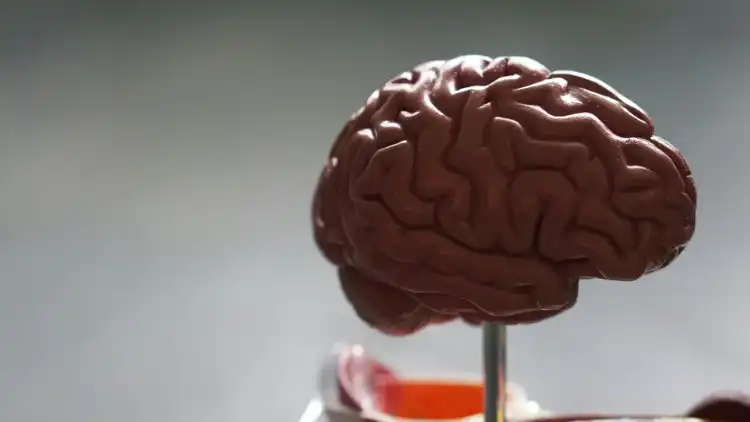Understanding why do we lie reveals a surprising truth: deception is a deeply ingrained and evolved social skill. Far from being just a moral failing, lying is a complex cognitive task that our brains have developed to navigate intricate social landscapes. It evolved as a tool to strengthen relationships, protect ourselves from punishment, and maintain social harmony. Telling a lie is actually much harder for the brain than telling the truth. It requires a significant mental workout, involving creativity, memory, and the ability to suppress the truth, engaging multiple parts of the brain like the anterior cingulate cortex and the prefrontal cortex.
Table of Contents
🧠 The Developmental Stages of Deception
We are not born liars; it is a skill we learn and refine over time. Children begin telling primary lies around age two or three, which are simple deceptions to cover up mistakes without considering believability. By age four, they progress to ‘secondary lies,’ which are more crafted and plausible. By seven or eight, they master ‘tertiary lies,’ using consistent facts and follow-up statements to make their stories coherent. This developmental trajectory shows that lying is closely linked to cognitive growth and the development of ‘theory of mind’—the ability to understand another person’s perspective, beliefs, and intentions, which is crucial for successful deception.
🧠 The Reasons and Telltale Signs of Lying
Lies are told for a multitude of reasons, broadly categorized into promoting oneself, protecting oneself, or impacting others. These can range from small ‘white lies’ to protect someone’s feelings to more significant deceptions for personal gain. While our ability to lie has evolved, so has our ability to detect deception. Telltale signs are often found in body language. A liar might make intense, unnatural eye contact to seem more convincing or, conversely, avoid it. They might also freeze their upper body, gesture less, or shake their head ‘no’ while verbally saying ‘yes’. While no single sign is definitive, these subtle cues can offer a glimpse into the cognitive load that lying places on the human mind.
More Topics
- The Science Behind Your Accent – Understanding the Human Mind
- Brain Surgery – Understanding the Human Mind
- How to Think Yourself Smart – Understanding the Human Mind
- Escape Room Psychology – Understanding the Human Mind
- How Optical Illusions Work – Understanding the Human Mind
- How We Learn – Understanding the Human Mind
- The Science of Sight – How Your Brain Sees the World

